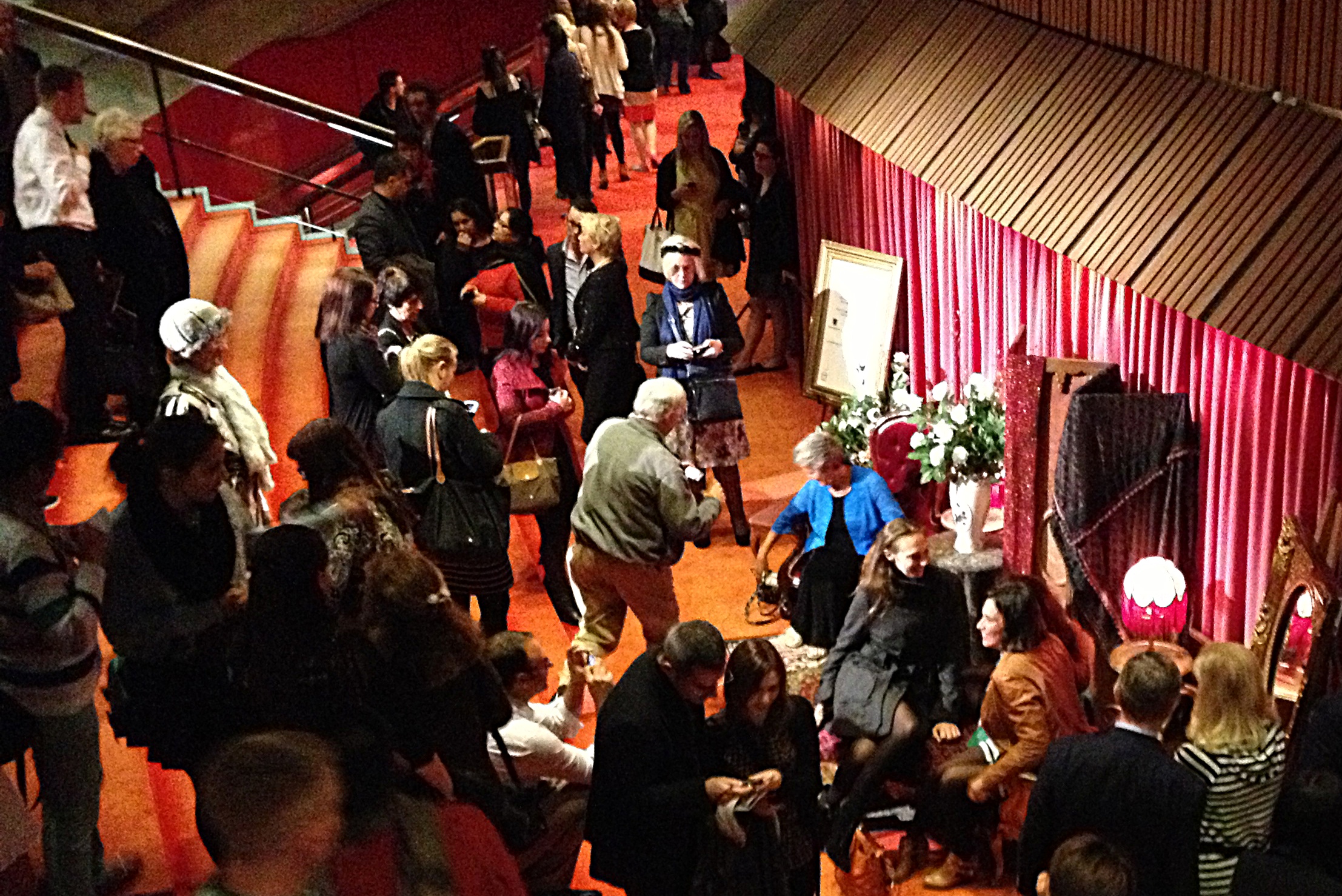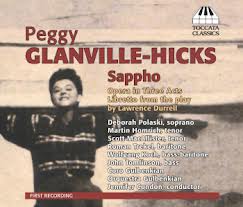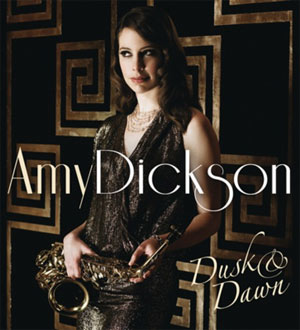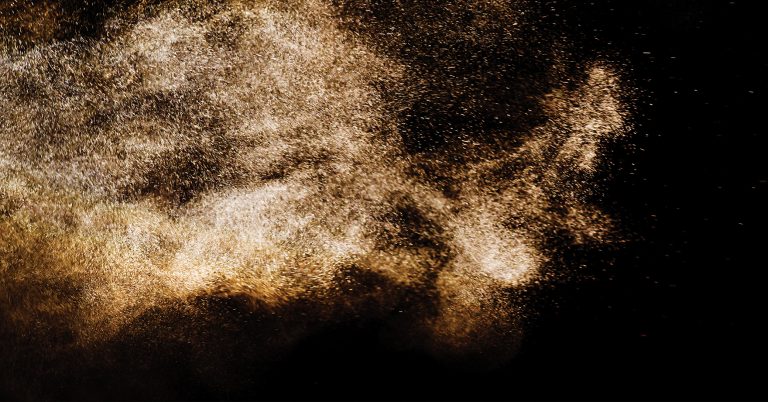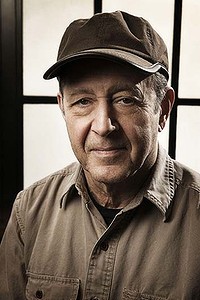‘La Traviata’ – Demonstrates the Best Qualities of Traditional Productions
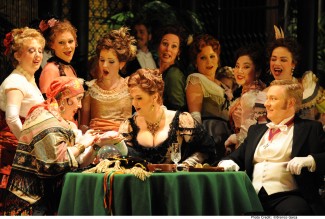
La Traviata – Giuseppe Verdi
Opera Australia, 30 July 2013
On 30 July Opera Australia continued its celebration of the bi-centenary of Verdi’s birth with a revival of Elijah Moshinsky’s sumptuous 1994 production of La Traviata. This is a traditional view of the work which vividly brings to life the world of fashionable Parisian salons during the Belle Époque. The premiere was held in the welcome presence of NSW’s music-loving governor, Professor Marie Bashir, who is often seen at Sydney performances.
The title role of Violetta was superbly sung by Emma Matthews who also sang Violetta last year in Opera Australia’s Handa Opera on Sydney Harbour. Matthews again shines in the role whose coloratura and tessitura she tackles fearlessly. Her performance spans the full expressive range from ethereal pianissimo up to full-voice climaxes in which she rides the orchestra with apparent ease. Her interpretation is passionate and dramatically convincing throughout and underlines the emotional vulnerability of the character from the beginning.
The Polish tenor Arnold Rutkowski is well cast as Alfredo. He creates a sympathetic stage presence and in the first act appears suitably diffident and unassuming, becoming more assertive as the character develops. Rutkowski phrases sensitively and his even production opens out well at the top although on opening night he took some time to find his best voice.
José Carbó sang Giorgio Germont with his customary rich and full baritone. He produced some very attractive legato singing and comfortably negotiated the role’s high tessitura. Carbó projected a convincingly stern father, but there was little transformation or warmth as the character realises he has wrongly judged Violetta. The numerous smaller roles were all well sung.
Moshinsky’s production has been successfully revived by Roger Press who has had extensive experience working on other opera productions. The ornate Parisian salon stage sets originally designed by Michael Yeargan are full of detail and are again beautiful to behold. They suggest the decadence that is bound to end badly. The evocative autumnal scene which opens Act 2 is particularly successful in mirroring the approaching downturn in the plot. Nigel Levings’s lighting is well judged throughout and is especially successful in conveying the internal and external worlds in the last act.
Patrick Lange, currently the musical director of the Berlin Komische Oper, conducted with a welcome expressiveness and flexibility of tempo that was noticeably absent in the previous revival of the production three years ago. The orchestra played well, with some nicely phrased solos from the oboe and clarinet. The occasional brief lapse of synchronisation between stage and pit, and the intonation of the exposed unison violin passages in the Act 3 prelude will probably benefit from further performances.
The chorus again displayed their full tone and clarity of attack. They also demonstrated their dramatic flexibility as they became, in turn, habitués of the salons, gypsies, matadors and finally carnival revellers.
The production is now nearly 20 years old, but it displays the best qualities of traditional productions. Apart from being glorious to look at, it focuses well on the opera’s narrative. It has provided a vehicle for generations of singers to present their own interpretations and it must also have been a sound financial investment over the years.
La Traviata continues to be one of the most popular operas. In this production it provides an ideal introduction for opera newcomers. The experience of an exciting night at the theatre has been enhanced by placing several Belle Époque props in the northern foyer.
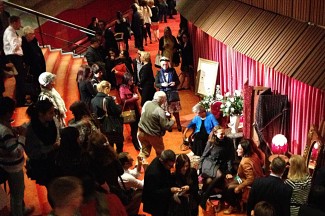
During the intervals people can have their photos taken with the props, reclining on a chaise longue or standing inside a picture frame with an ornate background. This proved to be very popular, especially with younger members of the audience. Performances of La Traviata continue until the end of August.
Larry Turner for SoundsLikeSydney©
Larry Turner has been singing in choirs for many years – both in Sydney and London. He is an avid attendee of operas and concerts, with an emphasis on vocal music. He particularly enjoys music from both the great a capella period and the baroque – especially the lesser-known works of Bach and Handel. He has written programme notes for Sydney Philharmonia, the Intervarsity Choral Festival and the Sydneian Bach Choir and is currently part of a team researching the history of Sydney Philharmonia for its forthcoming centenary.

